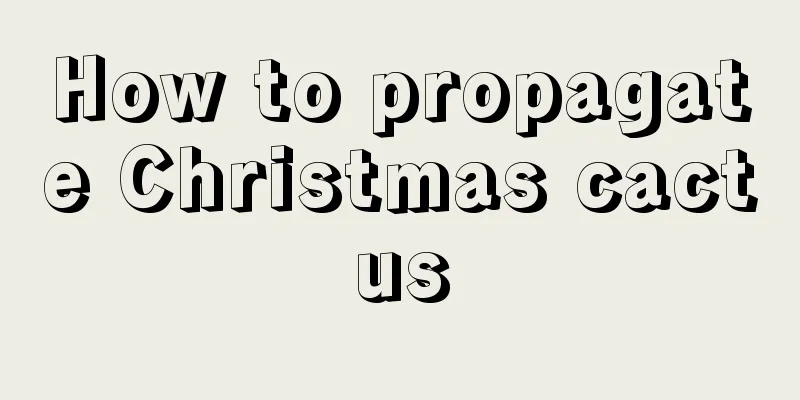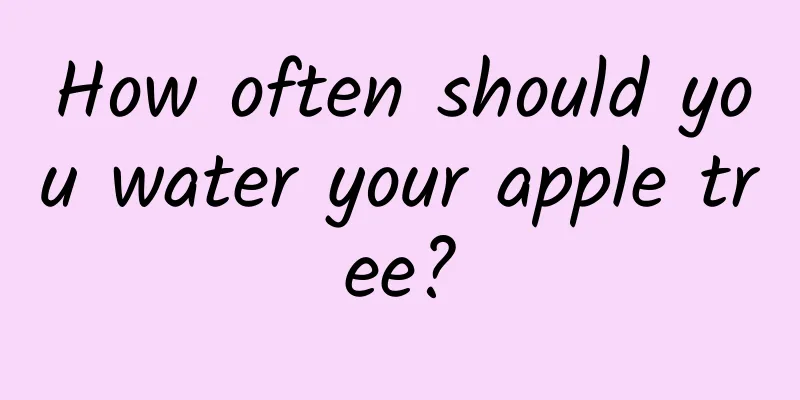Do pepper seedlings need to be topped (when to top and remove branches when planting pepper trees)

|
The stems of peppers are upright, woody at the base, relatively tough and not easy to fall over. The height of peppers is generally 30-150 cm, which varies depending on the variants and varieties. After the pepper seeds germinate, they will produce two thick and narrow cotyledons. There is a growth point in the middle of the two cotyledons, which gradually grow into stems and leaves upward to form the above-ground part. These are the stems and branches of the pepper, which are mostly in the shape of a "Y", with two or three forks, and the part below the cotyledons is the main stem. The branches above the main stem are the main part of the pepper, and are also the channels for transporting water and nutrients. In order to produce more and better fruits, peppers will be topped and pinched under different cultivation methods and management modes, while others will not. Generally speaking, for peppers grown in the open air, whether covered with plastic film or not, few people will pinch and top the plants. Instead, they will only remove the side branches and remove the old and diseased leaves at the bottom in time to prevent shade and cause the flower buds to fall. Some peppers grown under greenhouses and other protective facilities will be topped . Let's take a look at them separately. In a vegetable town like ours, there are many ways to protect and cultivate peppers, and the management of peppers is different under different cultivation methods. 1. Greenhouse winter and spring peppersAfter this crop of peppers is planted, when the plants reach a certain height, they need to be hung and pruned. There are two types of pepper pruning: two-branch pruning, 2+1 pruning, 2+2 pruning, 3+1 pruning and four-branch pruning. No matter which pruning method is adopted, the first pepper should be removed before pruning, otherwise it will cause excessive nutrient retention, resulting in the inability to hold fruits in the middle and upper parts, reducing the later yield and quality. The peppers cultivated under this cultivation method have weak growth due to low ground temperature and air temperature, and generally no management method such as pinching and topping is adopted. To prevent excessive growth, the temperature and humidity in the greenhouse can be adjusted, and 4000-5000 times of dwarfing agent can be sprayed during the flowering period. 2. Early spring peppers in greenhousesFew people will pinch and top the peppers of this crop. When the plants enter the peak fruit-bearing period, the plants grow very vigorously, in order to reduce nutrient consumption and increase ventilation and light transmission. We usually cut off the overgrown branches and branches that grow too vigorously, and the yellowing old leaves on the lower part of the branches should also be removed. If the plant grows too vigorously and produces few fruits above the main pepper, the harvest period of the main pepper can be appropriately extended to help drop the vines and promote fruit setting. Let me introduce a method of pruning and regeneration. Early spring peppers are usually pulled out and transplanted in autumn, but some vegetable farmers here will choose a sunny morning from late July to early August to cut off the upper branches of the fruiting part of the four-door bucket, wait for the second branching, and usually the peppers can be picked again in late August. It should be noted that in order to prevent the wound from being infected with diseases, spray a fungicide in time after pruning. We spray Bordeaux liquid at a ratio of 1:1:240, and spray again after 7 days. Strengthen fertilizer and water management after pruning, and strengthen insulation work after late September. It can be harvested until around New Year's Day. 3. Greenhouse summer pepperSummer peppers are prone to excessive growth, so you can use two-trunk or three-trunk pruning and hanging treatment to prevent lodging. In terms of controlling excessive growth, we use the method of spraying growth-enhancing agents or dwarfing agents to inhibit vegetative growth, strengthen the plants, and promote reproductive growth and increase the fruit set rate . Generally, pinching and topping are not performed to prevent the occurrence of viral diseases. 4. Greenhouse peppers in autumn and winterThis crop of peppers can be pinched and topped. After entering the peak fruit-bearing period, the internal overgrown branches should be removed and the old leaves at the bottom should be removed. 15 days before pulling out the vines, you can pinch the tops of the fruits to allow nutrients to flow back and promote the smaller fruits to develop into fruits with commercial value as quickly as possible. 5. Winter peppers in greenhousesBecause the temperature is low and the growth potential is weak, we generally do not take measures such as pinching and topping. Instead, we remove fruitless and weak branches. When individual main branches become weak after fruiting and lose their fruit-bearing ability, they can be removed at the same time as the fruits are picked. When the lower leaves turn yellow, they should be removed in time and taken out of the greenhouse for destruction. 6. Cultivating peppers in greenhouses year after yearNow several of our companies are adopting the method of planting peppers year after year, which can extend the production period of peppers in the greenhouse by 2-3 years, and increase the yield and land utilization rate. This crop of peppers is a medium to late maturing variety with strong growth potential and vigorous growth, and is prone to excessive growth. In spring management, the plants on the south side of the greenhouse often hit the greenhouse film earlier, affecting light transmission. Therefore, in addition to normal pruning, it is also necessary to pinch off the branches that are too long in time to reduce the plant height. In summer management, due to the large consumption of nutrients after flowering and fruiting in winter and spring, the plant's growth potential is weak and needs to be restored. Therefore, after the summer, the fruit setting should be reduced, and the nutrients should be concentrated on the stems and leaves to restore the growth potential and improve the quality of the lower lateral buds. Generally, pinching and topping are not performed. After September in autumn, the regenerated pepper is not easy to grow too long. Do not pinch or top the pepper, and provide fertilizer and water in time to promote early fruiting. After entering the fruiting period, start normal topdressing and watering. In short, due to different varieties and cultivation methods, some peppers should be pinched and topped, while others should not be pinched and topped. This should be noted and cannot be generalized, but should be treated differently in actual management. |
Recommend
How to plant brocade flowers
Soil selection for brocade The variegated marigol...
Can the osmanthus be repotted in summer? Things to note when repotting (watering tips)
Can the pot of the catnip be changed in summer? T...
How to plant lotus seeds
Lotus seeds introduction Generally, lotus seeds c...
How to grow lucky bamboo to make it more vigorous
Lucky bamboo is suitable for growing in an enviro...
What is the best month to plant mung beans?
When to plant mung beans Mung beans are generally...
Is a deep pot or a shallow pot suitable for lilies?
Should lilies be placed in deep or shallow pots? ...
The correct way to prune a banyan tree
Banyan tree is a bonsai plant that many people li...
High-yield cultivation technology of onion
Onion is a vegetable that is easy to grow in high...
How to water succulents
Once lacking water, the leaves of succulents will...
Cultivation methods and precautions of celery leaf peony
1. Breeding methods 1. Lighting management Althou...
When is the best time to propagate Schlumbergera by cuttings (method and time for Schlumbergera to survive by cuttings)
When is the best time to take cuttings of Christm...
What is the reason why the leaves of Jade Plant turn yellow and fall off?
Jade Plant is a succulent plant in the Portulacac...
These plants are relatively shade-tolerant and can be grown with confidence.
Dolphin Flower Dolphin flowers cannot tolerate di...
What to do if lily leaves turn yellow
1. Reasonable watering Excessive watering, includ...
What does Mimosa look like? Pictures of Mimosa seeds
1. Basic Introduction Mimosa is a perennial herb ...









